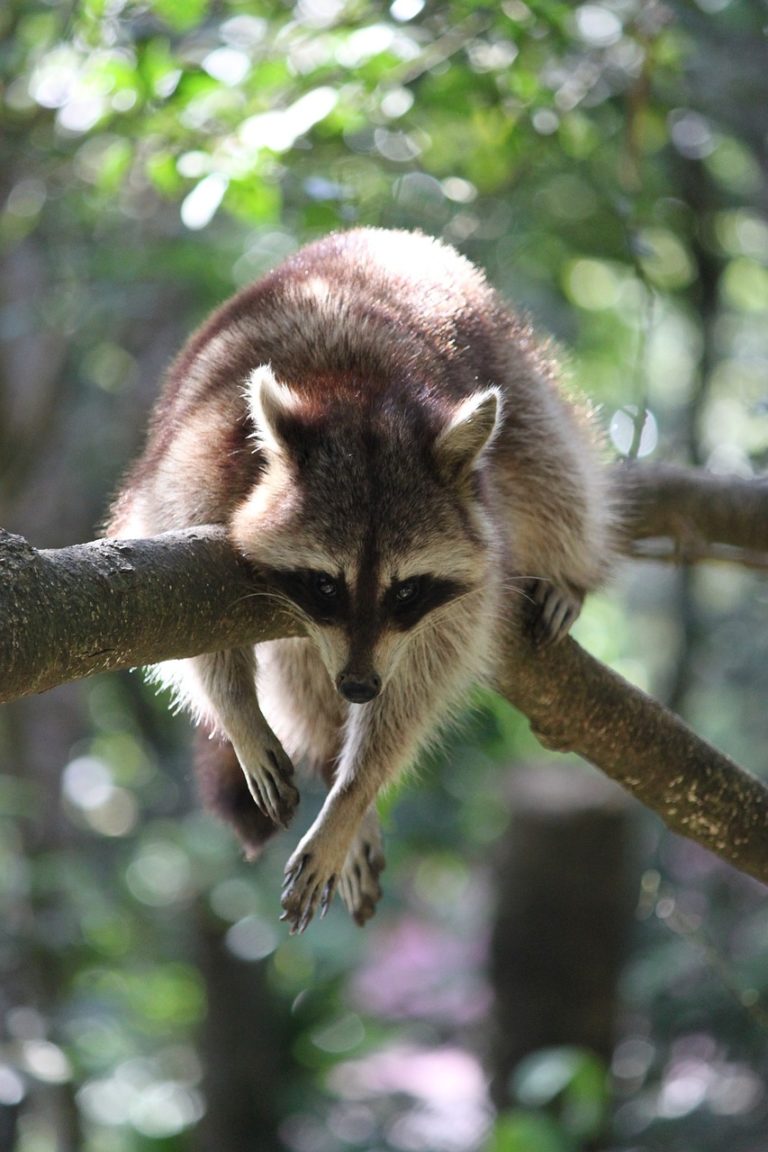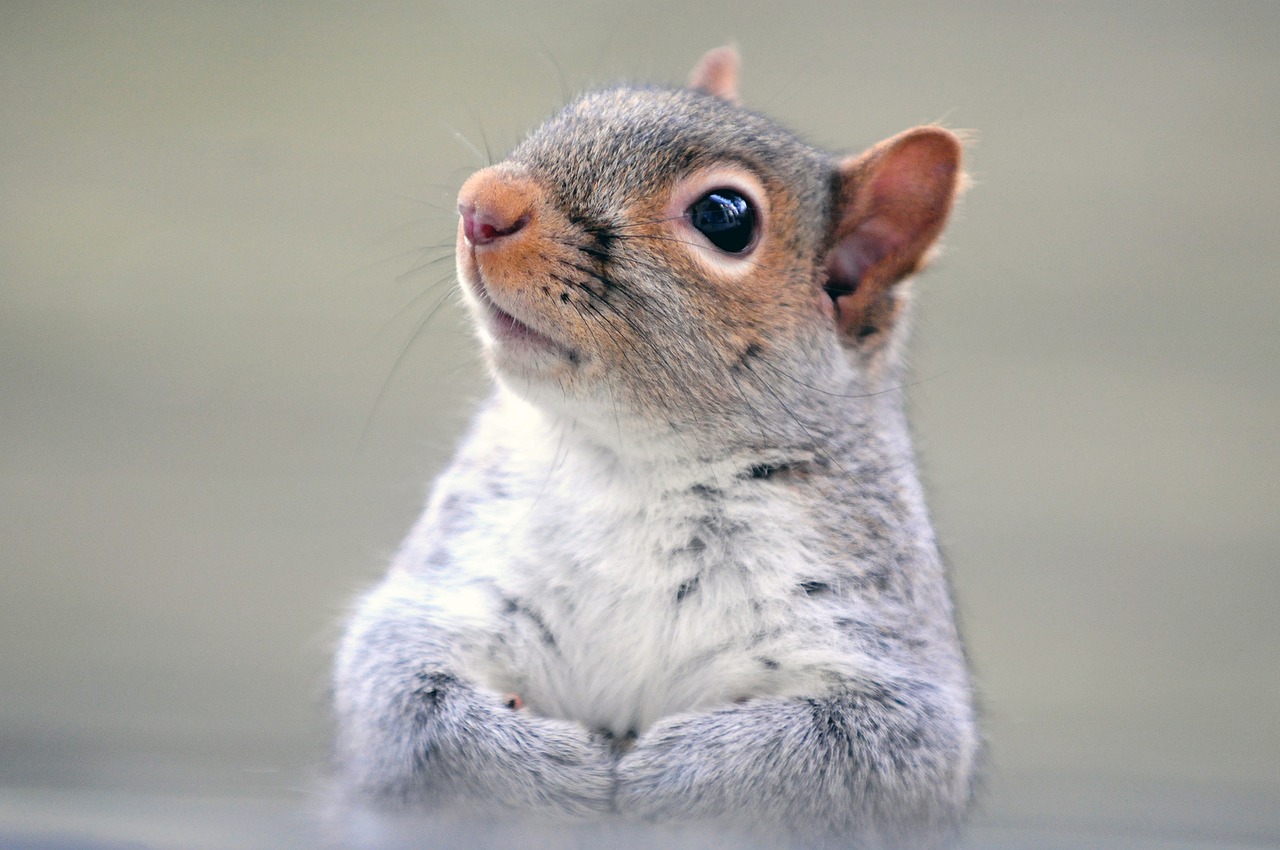Critters Corner
Herring Pond Wampanoag Tribe is
KEEPIN IT GREEN!
Wampanoag people and other Tribes of the Eastern Woodlands were hunter-gatherers and lived off the land and survived by collecting edible plants and hunting wild animals as their main source of food to sustain themselves.

White-tailed Deer
Photos By Lisa Harding Tedstone – Tribal Councilor White-tailed deer buck on the Herring Pond Reservation Lands. An adult male can stand and weight 100 to 250 pounds!
These deer spend their time in the regenerating forests and dense-brush habitats of New England. They are also found in farmlands where crops can be browsed, as corn is a favorite. Increasingly, the white-tailed deer is found in more suburban environments as development in south-eastern Massachusetts continues to expand.
Without their natural predators and with less people practicing a hunter-gatherer lifestyle in favor of manufactured foods, they have become more abundant than ever. This paired with a rapid decrease in suitable habitat leaves the white-tail at risk as disease comes with over-crowding and resources become scarce. These deer naturally command a home range of 800-1100 acres which is very difficult for them with the scale of development in our homelands.
White-tailed deer were historically and remain today an important source of sustenance for the Herring Pond tribe.
Tribal men and women had various methods of harvesting deer. Hunting with bow and arrow was common. A strategic method used was the deer drive, where we would run long lines of fences in the shape of a V. Tribespeople would then drive the deer on foot down the funnel shaped fences where others would stand at the “pinch point” and fire arrows.
Deer were often trapped by the Wampanaog as well. Snares made of natural cordage and animal sinew were built strong enough to hold a horse and set at the entrances of fences. Other traps were set near fallen trees where deer would browse and, once triggered, would catch the deer by the leg and suspend them from predators. These traps were so effective that even a fair share of settlers had found themselves caught by them when traveling Wampanoag territory!
Animals were and are always harvested with the greatest respect and we as natives to this day take only what we need. Offerings of tobacco and celebration of thanks often followed a successful hunt.
White-tailed Deer – This beautiful graceful Doe was roaming around on the Herring Pond Reservation Lands. A doe can weight between 70 to 150 Pounds!
SYMBOLISM:
The large mature buck eats around 20 pounds of food per day, grazing on various grasses, twigs, nuts, fruits, and leaves, and mushrooms.
Ab-originally, the deer had a natural balance of predators including wolves, black bears, coyotes, bobcats, and humans on Herring Pond land. Today, all that remains are humans and the evolving Eastern Coyote.
- The deer skin is used to make moccasins and clothing, as well as outer layers of shelters.
- Antlers were harvested for their use in tool-making and as arrow points.
- Hoofs of deer were used to make rattles.
- Sinew was used to make snares, thread, and bow strings.
- Bones were useful in making needles for sewing and hairpins, as well as skin-dressing tools and as ornaments.
- Bladders were preserved in such a way to create bags and containers for storing liquids
- Deer meat was a staple of the native diet. While some was eaten fresh cooked, often it was preserved by cutting into strips and drying over smoke.

Raccoon
The North American Raccoon is found commonly throughout Herring Pond lands. The Raccoon is a nocturnal animal recognized for its black “mask” and ringed tail. The name raccoon is borrowed from indigenous language meaning “one who rubs, scrubs, and scratches with its hands”.
Raccoons are harvested by natives for food and fur. It is more likely that raccoon was among the game served at “the First Thanksgiving” then turkey. They possess a warm fur and were used in making caps that became a popular trade item.
They are a cunning creature, able to thrive in the new unnatural habitats before them. They are considered one of the world’s most omnivorous animals with an extremely adaptable diet. In the natural world, they prefer areas where they can use their climbing skills to avoid predators, and frequent shores of ponds and lakes in search of food which they dig from the mud with their dexterous hands.
While not true hibernators, raccoons become less active in extreme winter months and put on thick layers of fat in preparation for the cold. A healthy male can weigh twice as much in the winter as in the summer, and can weigh as much as 50 pounds!

The raccoon symbolizes survival and adaptability as it is an efficient scavenger able to make due in a changing world.
Mostly anything! Insects, crayfish, amphibians, fish, nuts, eggs, and fruits are staples. Like many animals, raccoons will use fatty nuts like acorns and walnuts to help bulk up for the winter, but are very opportunistic and like making trips through shallow water in search of goodies.
Large predatory birds such as eagles and owls as well as the occasional coyote.
-
- The mask isn’t just for show! It helps the raccoon see more clearly by reducing glare!
- Raccoon hands have a sense of touch comparable to our own that helps them to feel their way through their environment in search of food and resources.
- Although they are nocturnal by nature, they can be spotted during the day. This does not always mean they are sick, but may just be busier than usual preparing for the winter.
- If threatened, they can and will fight back! A pair of raccoons can fend of a coyote under the right circumstances.

Red FOx
The Red Fox is a beautifully furred canine that lives in Wampanoag territory. Their fur was prized for its density and warmth by both natives and settlers a like and was commonly traded between the two.
Red Foxes are omnivorous in nature, and mostly nocturnal, but are also active during dusk and dawn. A Red Fox seen during the day is not unusual, either, as they continue to adapt to their changing habitat.
Unlike many other canines, Red Foxes tend to be loners and generally more cautious. They rely on stealthy hunting as their primary source of sustenance, which they excel at with their soft step and low profile.
However, when hunting is scarce, the Red Fox is extremely adaptable and proficient at finding food sources, even in winter. With their excellent hearing being able to hear birds from afar and rodents digging underground, they well-equipped predators.
Intelligence, wisdom, and problem-solving, for the Red Fox’s ability to find food in difficult scenarios.
Prefers rodents and rabbits, birds, frogs, lizards, fish, berries, and insects.
Eagles and coyotes will prey on young Red Fox. Historically, black bears and wolves were significant predators.
- Red Foxes have over 40 unique vocalizations. Red Foxes are able to sense and utilize the earth’s magnetic field to know when to pounce on prey when hunting.
- Red Foxes are able to sense and utilize the earth’s magnetic field to know when to pounce on prey when hunting.
- Red Foxes can have various amounts of gray in their fur, making it somewhat difficult to distinguish from their cousin the Gray Fox. However, look at the tail! The Red Fox (no matter how gray) will have a white tip to her tail.

Legend of the Black Fox
Natives shared stories of Black Fox sightings, which they had never been able to catch and believed to be Great Spirits.
These stories were most certainly true, and what as saw had been a rare melanistic phase of Red Fox. Keep an eye out!

Gray Fox
The most unique advantage the Gray Fox has over the Red is her fully-rotating ankles and partially retractable claws, allowing her to climb trees with ease. If you spot a fox in a tree, you are most likely seeing a Gray Fox in action.
They are more elusive in nature than the Red Fox, and prefer deeply wooded habitats far from humans if they can find them. They can burrow in trees similar to squirrels, and avoid predators in the same fashion.
Gray foxes are able to live relying on the same prey side-by-side with Red Foxes without much struggle. However, the smaller, tree-climbing Gray Fox has more aggressive tendencies, and may choose to fight off any competing Red Foxes in her territory.
Cunning and perceptiveness are often associated with the Gray or “Silver Fox”
Prefers rodents and squirrels, rabbits, birds, frogs, lizards, fish, berries, eggs and insects.
Eagles and coyotes will prey on young Gray Fox. Historically, black bears, bobcats, and wolves were significant predators.
-
-
- This is the only member of the canine family that can climb trees well, making them exceptional at avoiding predation when in their natural, undisturbed habitat.
- With their large ears and climbing habits, they an appear almost cat-like in nature.
- Gray Foxes are very fast and built for speed, being able to travel up to 28 mph for extended periods of time to chase prey or avoid predators.
-

Grey Squirrel
The Gray Squirrel is an important critter for both sustenance and the land of the Wampanoag people. They are abundant and can be hunted or trapped in various ways by natives for food, bait, leather, and fishing lures.
The Gray Squirrel will generally make his home in the trees that surround us and spend each day foraging and avoiding predators. When winter comes closer, he works overtime to stash as many nuts and seeds as he can manage in the ground for later consumption.
The Creator has made him a bit forgetful, however, and he often does not recover much more than half of what he will stash. While he is extremely good at finding these stashes, it seems he may actually choose to forget some acorns here and there, which will some day grow to become fruit-bearing trees of their own and replenish our forests.
Gray Squirrels have excellent smell and various ways of communicating with each other. They can be very vocal when warning other members of their group or “scurry”, which also assists in locating them in the deep woods where they are masters of disguise. They swiftly switch positions on tree limbs and lay flat to become almost invisible from below to a potential predator, though they can’t seem to keep track of their bushy tail that will often give them away.

Alertness and preparation.
Buds, nuts, and flowers of many trees. Favorites include Oak and Beech. Mushrooms are also eaten on occasion.
Hawks and Eagles, Foxes, Mink, Fisher, Weasels, Coyotes.
Their sense of smell is so strong they can smell buried food under a foot of snow!
Like deer, a male squirrel is known as a Buck, and a female as a Doe.
Like many rodents, the squirrel’s front teeth never stop growing. Constant gnawing is a matter of maintaining these teeth from growing too long to be utilized.
Thievery is common among squirrels, and they have been known to make fake stashes to throw off competitors.

Birds
The GREAT Blue Heron FEASTING on a HERRING on the HERRING RIVER!
The Heron is part of a group of birds called “waders”
This sacred water bird The Great Blue Heron will eat almost anything within striking distance of their long beak. While fish makes up a majority of their diet, these birds stalk everything from insects to small mammals and are excellent fishers.
This sacred water bird The Great Blue Heron will eat almost anything within striking distance of their long beak. While fish makes up a majority of their diet, these birds stalk everything from insects to small mammals and are excellent fishers.
Crows and raccoons eat great blue heron eggs. Hawks, eagles, and raccoons occasionally prey on adults and chicks.
Live all over North America. These birds can be spotted around shorelines and in shallow marshes, either slowly wading through the water or waiting patiently for their prey.
These birds sometimes build their nests on the ground near a water’s edge, they nest mostly in colonies near water or trees. These colonies are called “heronries.” These nests can be higher than 100 or more feet off the ground and can range from five to 500 nests per colony.
